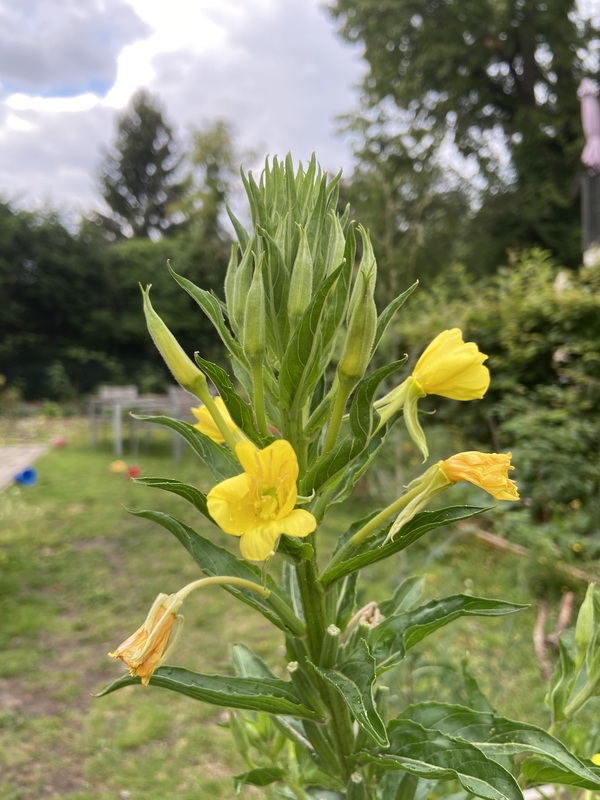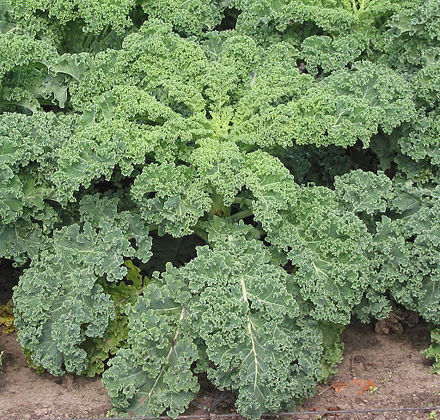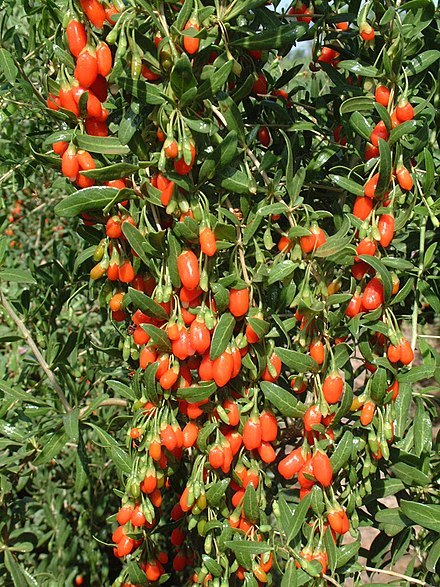Description
Black elderberry, or Sambucus nigra, is a plant native to many parts of Europe, North America, and Asia. It is a deciduous shrub or small tree that can grow to a height of around 10-12 feet. The leaves are pinnate, with 5-9 leaflets, and the stem is often covered in a downy, greyish-white pubescence. The plant produces clusters of small, white or cream-colored flowers in the spring, which are followed by dark purple or black berries in the summer and fall.
Black elderberry prefers moist, well-drained soil and full sun to partial shade, but can tolerate a range of soil types and conditions. It can be grown from seed or propagated from cuttings, but is typically propagated by root division or layering. It is winter hardy and can withstand temperatures as low as -30°F when established.
The berries of the black elderberry are edible, but should not be eaten raw as they contain small amounts of toxic compounds. When cooked, however, the berries can be made into jams, jellies, syrups, and wines. The flowers can also be used to make elderflower cordial, which can be used as a refreshing beverage or to flavor desserts and baked goods.
In addition to its culinary uses, black elderberry has a number of medicinal properties. The berries, flowers, and leaves have all been used to treat various ailments, including colds, flu, and other respiratory infections. The plant is also said to have anti-inflammatory and immune-boosting properties.
Black elderberry is valuable to wildlife as a food source, providing a source of nutrition for birds and small mammals. The plant is also a popular nectar source for bees and other pollinators.








